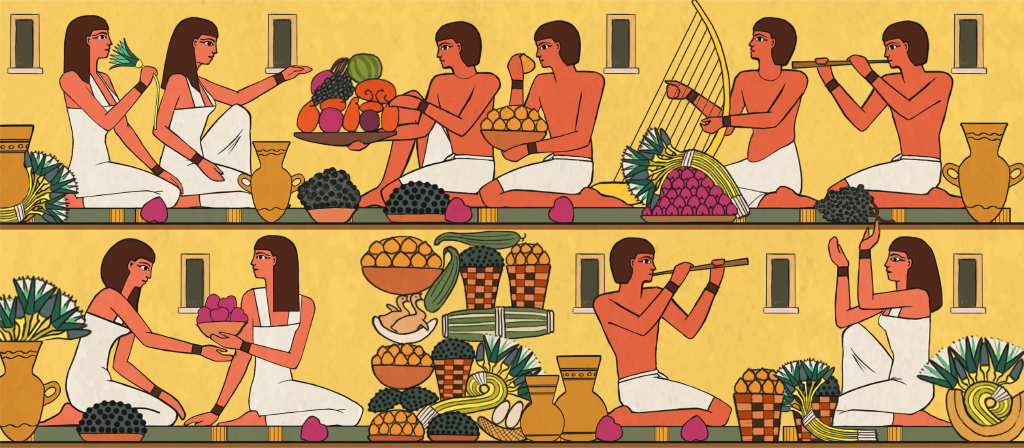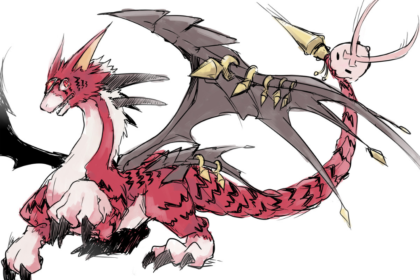The mysterious Egyptian culture that has inspired several movie flicks was so ancient that even the ancients Greeks and ancients Romans called the Egyptian culture as ancient. This super-ancient culture has been divided into a number of periods that span over several thousand years. We will be creating a series of articles over the next few days that will try to cover the different periods of this great ancient culture. Take a look below for 30 amazing and awesome facts about predynastic Egypt.
1. The Predynastic Egypt started some 400 years into late Neolithic Period aka Neolithic 3 or Pottery Neolithic. Put in other words, the Predynastic Egypt started in c. 6000 BCE (late Neolithic started in c. 6400 BCE).
2. It is during that time that Neolithic settlements began in Lower Egypt. Such settlements around the Nile was a result of increased desert expansion, which forced the ancestors of those early Egyptians to give up migratory lifestyle and opt for somewhat sedentary lifestyle.
3. These early settlers became known as the Faiyum A Culture and were responsible for bringing in agriculture. The people of this culture also engaged in weaving.
4. The people of this culture selected areas close to their settlement or at times areas inside their own settlement area to bury the dead people.
5. The Faiyum A Culture continued from c. 6000 BCE to c. 5000 BCE. That’s when the next culture known as the Merimde Culture began in Lower Egypt.
6. The Merimde Culture continued from c. 5000 BCE to c. 4100 BCE. Unfortunately, the only archeological evidence for this culture comes from a large settlement site that was dug up on Western Delta’s edge.
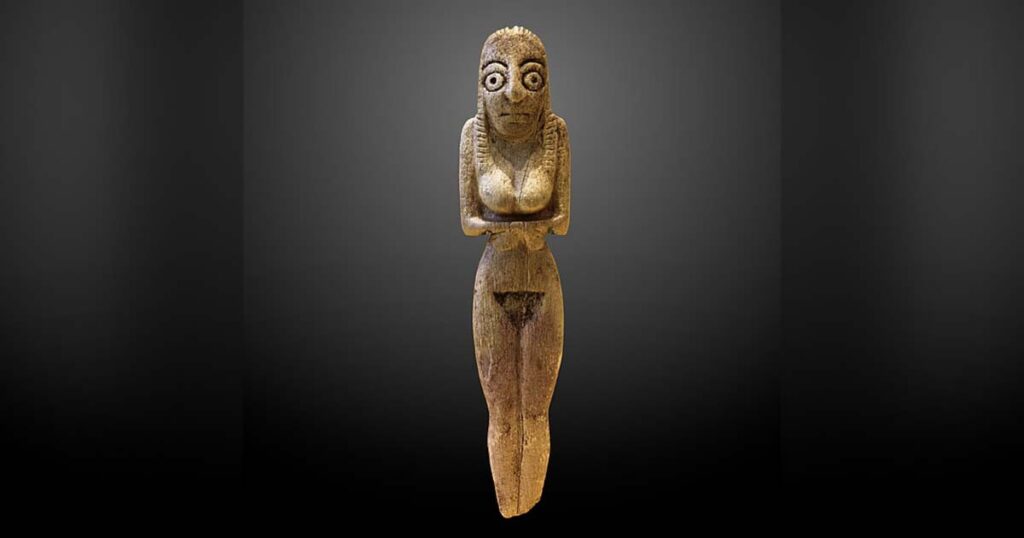
7. Evidences of strong connections of Merimde Culture with the Levant and the Faiyum A Culture have been found.
8. People of the Merimde Culture were engaged in agriculture and planted barley, sorghum and wheat. They also kept pigs, goats, sheep and cattle.
9. As far as tools were concerned, these people made use of stone tools and they also produced simple pottery which were completely undecorated and plain.
10. They built small huts for living. These people never buried their dead people outside their settlement areas.
11. One of the most remarkable achievements of the Merimde Culture was the production of clay figurines. In fact, the archeologists have dug up a clay head of the size of a fully grown human from this culture’s settlement site. This was the first Egyptian clay figurine that was made.
12. A separate culture known as El Omari Culture popped up in Lower Egypt. Historians say that it existed during the period c. 4600 BCE and c. 4350 BCE.
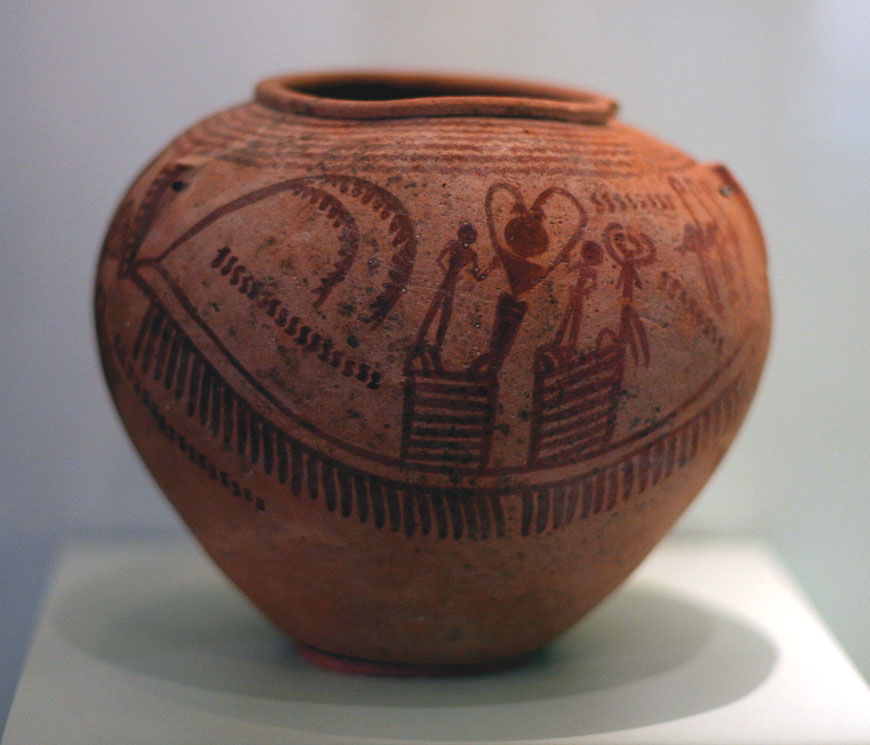
13. The El Omari people used separate cemeteries that were outside their settlement areas. These cemeteries had pit burials. The bodies in these burials were found to have southward orientation and the bodies were usually laid down on their left.
14. The people of El Omari Culture were into pottery, fishing, animal husbandry and agriculture. Pottery from this culture were simple in design but did have a red coating. Pigs, cattle, sheep and goat were the domesticated animals.
15. The El Omari people were not into desert hunting at all but fishing was their very important subsistence activity.
16. The most important culture of the Lower Egypt was the Buto Maadi Culture or simply the Maadi Culture. This culture came into existence somewhere around 4000 BCE and continued till 3000 BCE.
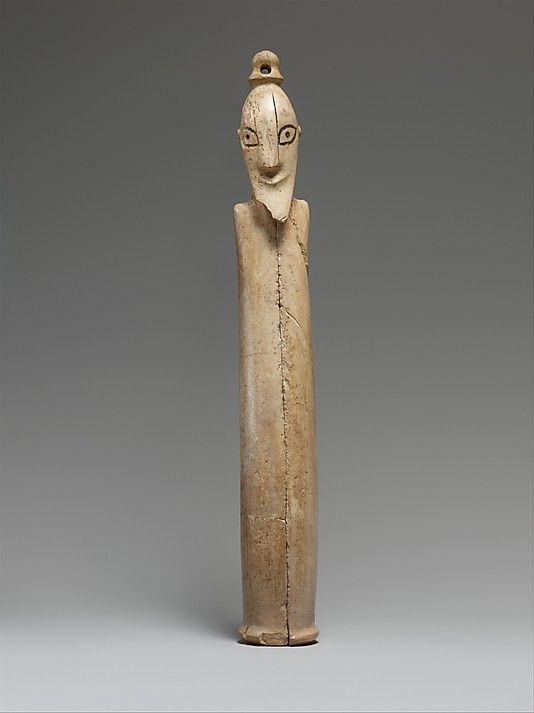
17. This culture grew up in Maadi, which is a site close to Cairo. However, the culture did spread out to areas of the Nile Delta. The Maadi Culture had the know how of copper usage and several copper cutting tools have been discovered.
18. People of the Maadi Culture were also into pottery, animal husbandry and agriculture. Like the El Omari people, the Maadi people built separate cemeteries for their dead. However, very few goods were buried along with the dead people.
19. As far as pottery is concerned, the Maadi Culture too created undecorated and simple pottery. These people built small huts that were partial dug in ground. These huts were used for living.
20. As far as the Upper Egypt is concerned, i.e., Nile’s eastern bank, the earliest settlements that have been found are of the Tasian Culture that came to existence somewhere in 4500 BCE.
21. The Tasian Culture was a short-lived culture but was pretty important in terms of pottery at least because they were the first to produce the blacktop-ware. These pottery were basically brown and red in color but the interior and the top of the pottery were painted using black color.
22. From the Tasian Culture followed the Badarian Culture that evolved somewhere around 4400 BCE and continued till 4000 BCE. Both the Tasian and Badarian cultures were under heavy influence of the Lower Egyptian cultures.
23. The Badarian Culture continued the heritage of blacktop-ware but they managed to improve the pottery quality significantly.
24. The Tasian and the Badarian cultures were pretty similar but the Badarian people learned the usage of copper while the Tasian settlements were stuck with rocks and were basically Neolithic settlements.
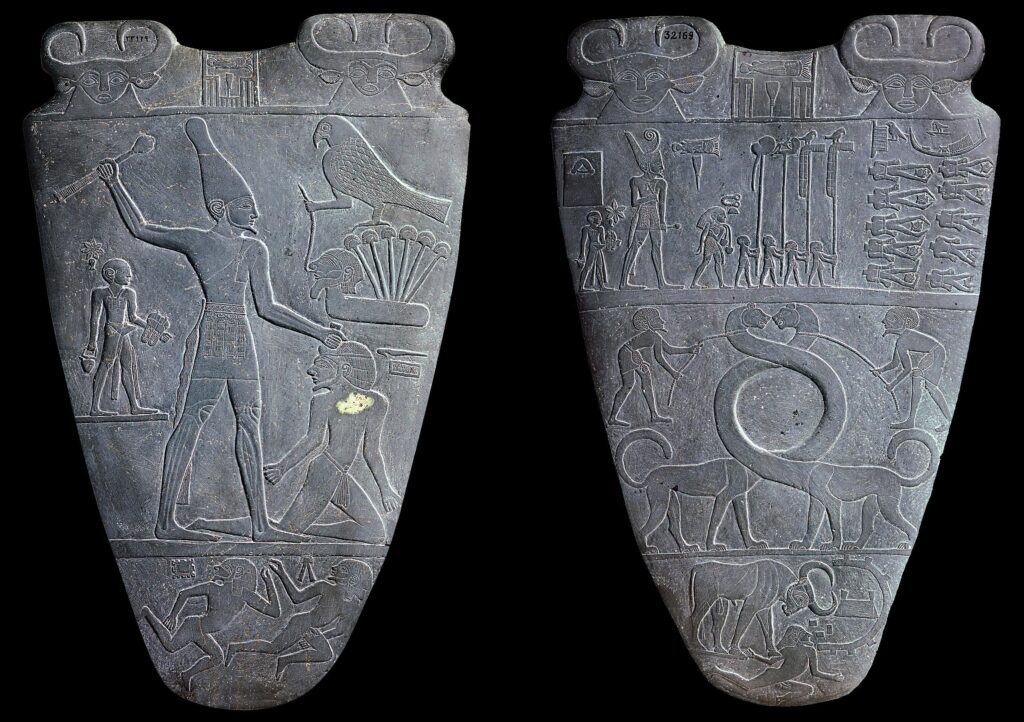
25. The Badarian people domesticated animals, got engaged in agriculture and made sharper tools and blades.
26. The Badarian Culture maintained cemeteries outside their settlement areas. Not just for dead humans, the Badarian people were actually engaged in ceremonial burials even for some of animals they domesticated.
27. The dead were buried facing west (the fetal or foetal position). The Badarian people also a large number of goods like fur, cloth, jewelry, ceramics etc along with dead. A female idol of fertility was also placed in the simple graves along with dead.
28. The Badarian Culture was succeeded by the Naqadan Culture that started in c. 4000 BCE (around the same time as the Maadi Culture of Lower Egypt). This new culture became Upper Egypt’s most important culture of the prehistoric times. The archeological evidences for this culture were unearthed from Naqada city and hence the name.
29. The Naqadan Culture is divided into Naqada I (started in c. 4000 BCE and ended in c. 3500 BCE) and the Naqada II (started in c. 3500 BCE and ended in c. 3200 BCE). This means that the entire Naqadan Culture lasted from c. 4000 BCE to c. 3200 BCE.
30. Naqada I also goes by the name Amratian Culture because the archeological evidences were found in a village named El-Amra. The Naqada I culture started off as parallel settlements to the Badarian Culture but over time, replaced the Badarian Culture.

